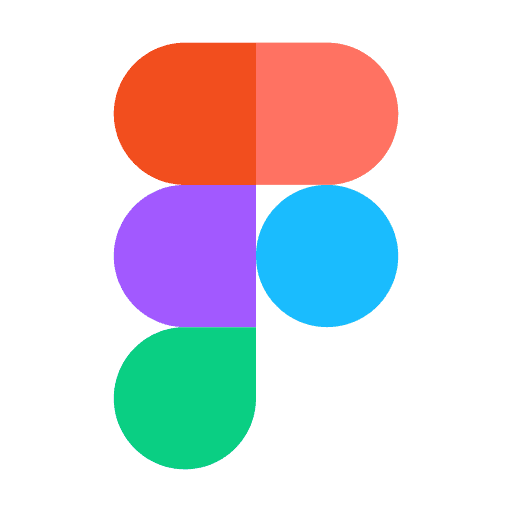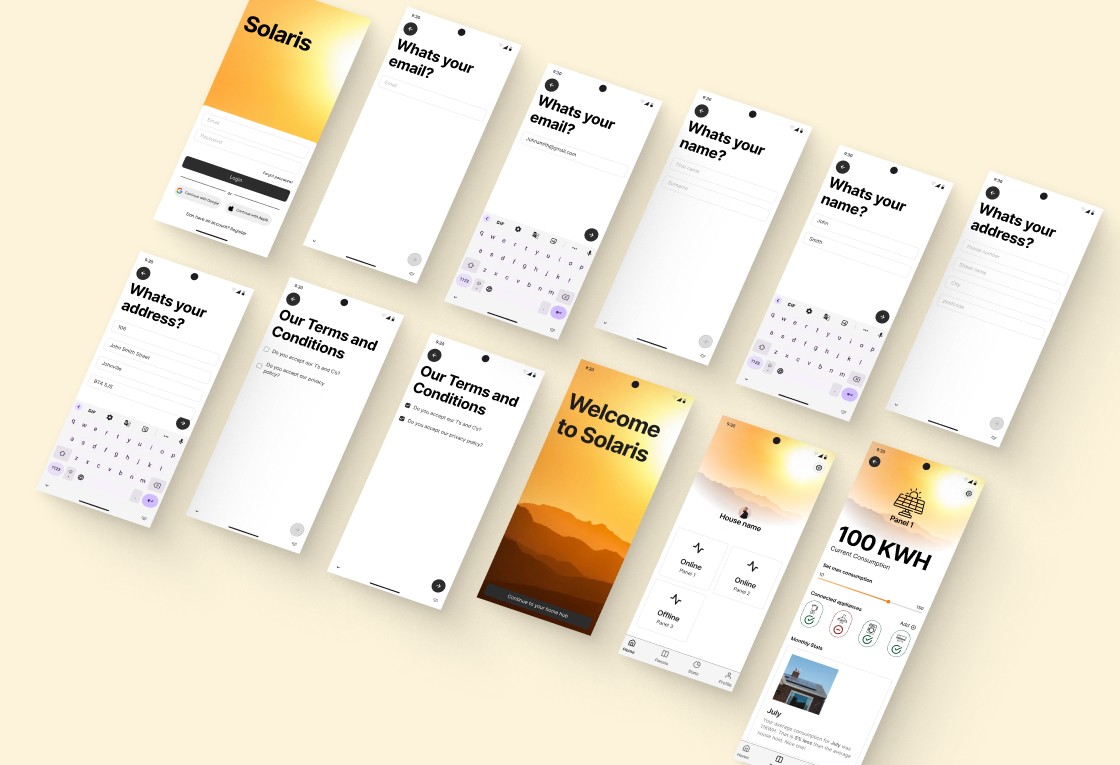Case Study
RFP Tool
Workflow
Double Diamond process
Impact
Performanice metric: Efficiency
A 87% reduction in RFP starting time
Reflections
Important of end user pain points
Metrics are valuable
Tool adoption in an end users workflow
Problem Statement
Practitioners and RFP managers face delays in responding to RFP questions due to the time-intensive process of locating, reviewing, and understanding supportive materials. On average, these tasks consume ~3 working days / ~22.5 hours. Streamlining access to relevant materials and simplifying the review process will enhance efficiency by reducing time to get first draft of answers complete, subsequently more drafts can be completed and therefore improvement in the quality of RFP submissions, aligning with the organisations goals for competitiveness and success.
Impact
Performance Metric: Efficiency
We reduced the time practitioners spent gathering, analysing, and drafting initial responses to RFP questions by 87%. Prior it would take on average 3 working days (~7.5hrs) to gather, analyse, and draft answers to questions. The tool enabled practitioners to start drafting responses within 3 hours—an 87% reduction in time.
This lead to an impact of a faster turnaround of draft work subsequently leading to improved quality of the overall RFP being submitted and it encouraged greater practitioner participation in the RFP process as it decreased the friction of starting the work they were asked to do for the RFP.
Reflections
I have three main reflections from this piece. The first is the importance of understanding user pain points. User research played a pivotal role in shaping the solution. Engaging with practitioners through a mix of research methods revealed the real challenges they faced. Addressing these frustrations directly through user-centred design was key to creating a solution that was not only efficient but also truly valuable to users, as seen in the impact metrics.
This leads me to my second reflection: measuring impact is highly valuable for stakeholder buy-in. The impact observed within this project demonstrates the value of a product and help secure stakeholder buy-in and justify continued investment for development. My third reflection, this can also build trust and give end users confidence to integrate the tool into their workflows. The success of this can lead to long-term adoption of the tool and enable richer usability testing data to be collected, allowing iterations of the product to be shipped to end users.














